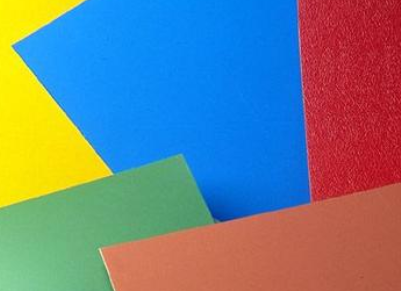压花板的特点
唐山天物彩板全国配送——宜昌压花板规格齐全_宜昌压花板价格优惠 更多信息请拨打网站上方电话咨询了解

压花板是一种有图案或纹理的、有手感且视党层次明显的涂层产品
压花板根据其生产工艺不同可分为热压花板和冷压花板,热压花的生产工艺原理是在钢带涂上一层塑性溶胶后,需经固化炉在某个特定的温度加热,也称为活化,出炉后在完全冷却之前,利用表面刻有凸凹花纹图案的压花辊将涂层板滚压出花纹,滚压后立即冷却至常温,使钢带表面形成一层有凹凸感的花纹图案,这种压花的凸回变形只发生在有机涂层内,图案的种类一般以皮革面、木纹或网纹为主。热压花板经常采用聚氯乙烯増塑溶胶膜,生产时有机膜厚度一般在100~250um之间。压花板外表美观,表面硬度高、耐腐蚀性强,由于压花后的基板表面积增加,有利于声音和热量的传递。
Presswork is a kind of coated product with pattern or texture, feel and apparent party level.
According to the different production processes, embossing boards can be divided into hot embossing boards and cold embossing boards. The production principle of hot embossing is that after the steel strip is coated with a plastic sol, it needs
to be heated at a specific temperature in the solidifying furnace, also known as activation. After being out of the furnace, before completely cooling, embossing rolls with convex and concave patterns on the surface will be used. The coating plate
rolls out the pattern, and then cools to normal temperature immediately after rolling, which forms a layer of concave-convex pattern on the surface of the steel strip. The convex-back deformation of the embossing only occurs in the organic coating,
and the main types of patterns are leather, wood or reticulation. Polyvinyl chloride (PVC) plastic sol film is often used for hot embossing, and the thickness of organic film is generally between 100 and 250 um in production.
Cold embossing is to use embossing roll to roll coating plate to make the coating concave and convex along with the substrate. This process is usually carried out at room temperature. The production of cold-embossed veneer requires the use
of coatings with good processability, such as polyester coatings, whose production cost is lower than that of hot-embossed veneer.
The embossed board has beautiful appearance, high surface hardness and strong corrosion resistance. As the surface area of the embossed substrate increases, it is conducive to the transmission of sound and heat.